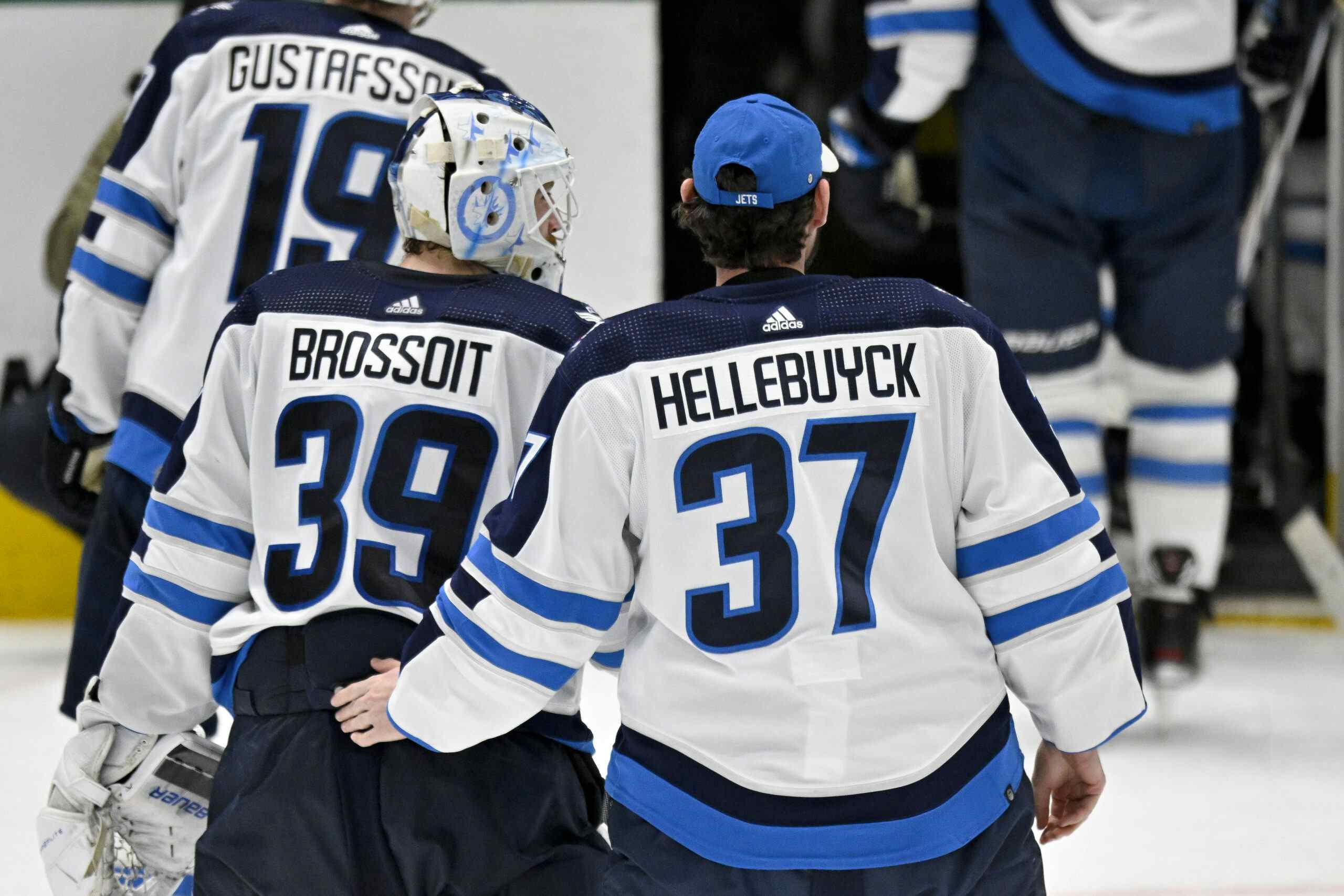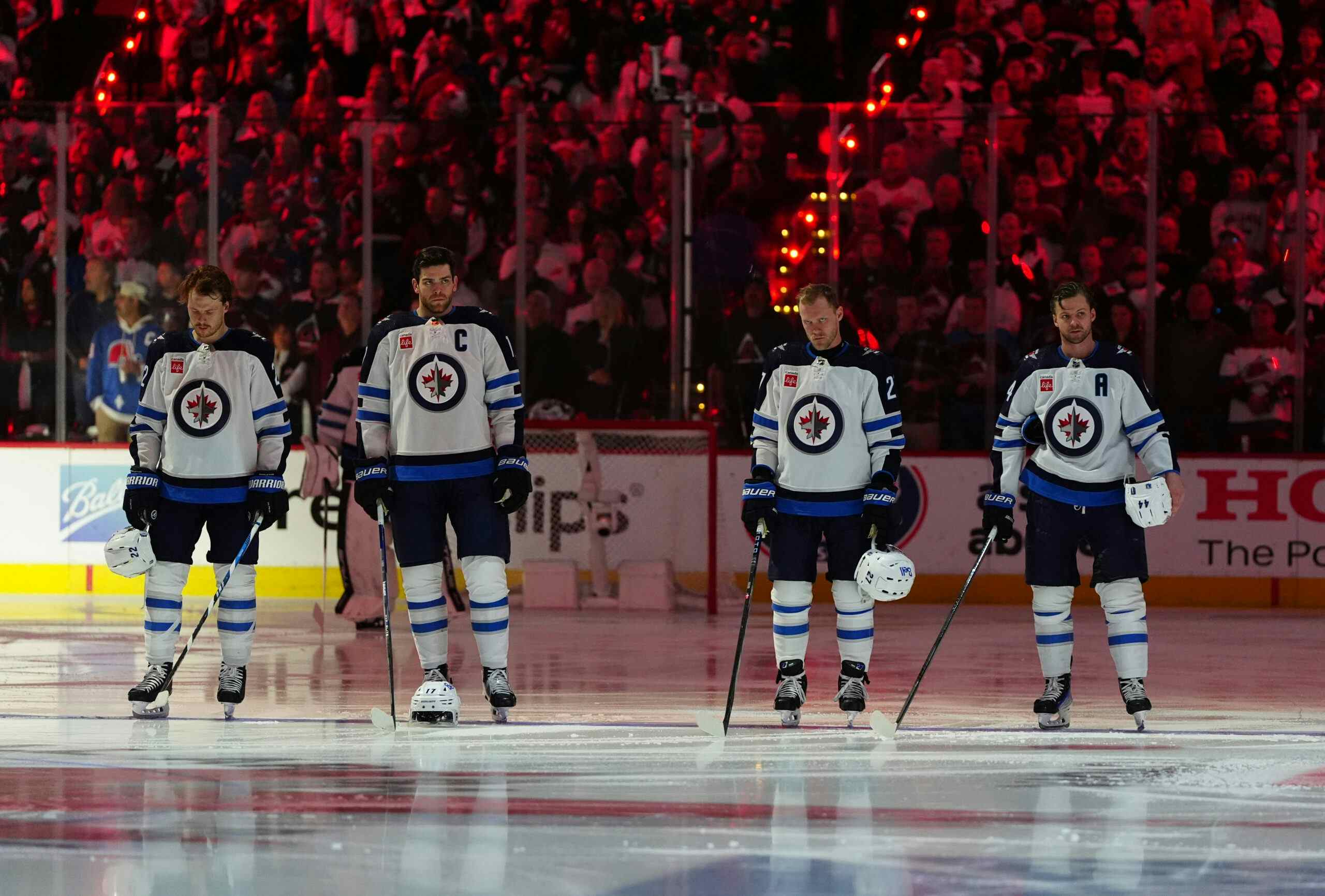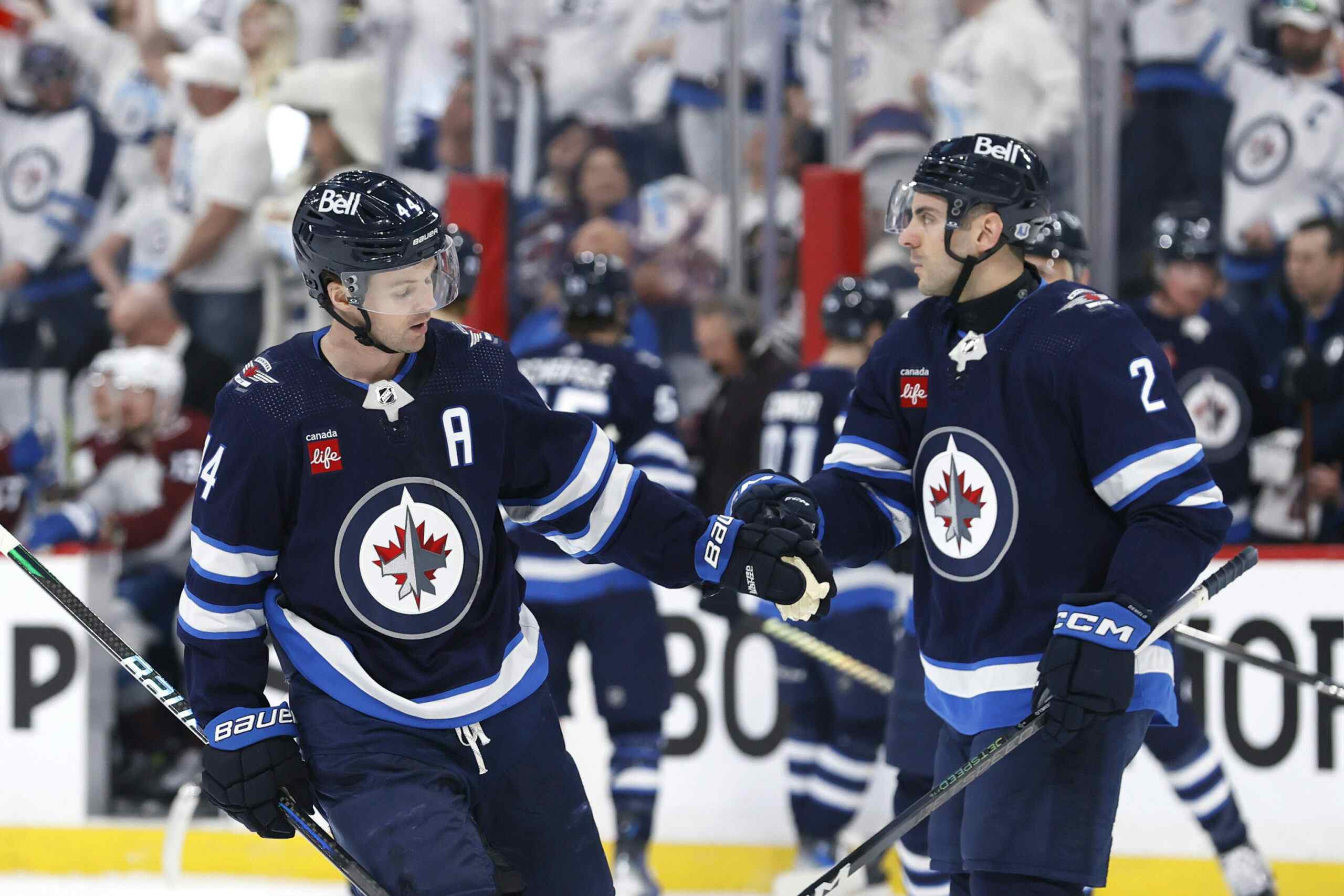Winnipeg Jets By The Numbers: Bryan Little 2014-2015
By Garret Hohl
8 years agoThe season has been laid to rest.
Fans have completed their lamenting of the Anaheim Ducks sweeping the Winnipeg Jets. The healing process has begun.
But, before full closure can be completed, an autopsy of the Jets season must be initiated.
We turn our evidence-based breakdown of the Jets season to the number one centre, Bryan Little.
The Basics

Numbers include all situations including non 5v5 TOI.
Bryan Little hit a career high in points, beating his 2008-2009 point totals by one. Little was only second to Andrew Ladd in ice time per game.
Little is not a volume shooter, and carried his second highest shooting percentage of his NHL career. Unless Little increases his shot rates, it is unlikely that Little repeats this level of goal scoring as a 11 per cent career shooter.
Little was also one of the few Jets to provide additional value with a positive penalty differential.
Usage

Graph courtesy of WAR-on-Ice.

Rankings are out of the Jets 17 forwards with 50+ 5v5 minutes, except special team minutes are each out of 11 Jet forwards.
Paul Maurice used Little predominately in scoring situations against top competition.
Of the Jets regular players, Little received the most offensive zone starts, the toughest match ups, and big minutes with the Jets best.
While the Ladd-Little combination tended to play a secondary role for 5v5, they played a boat load of other situations. Little centred the team’s top power play unit. He also started off season with Ladd as the top short handed unit. Over time though Maurice started to use Jim Slater more, and this coincided with the Jets penalty kill unit collapsing.
Underlying Numbers

Although the Jets’ top unit started the season off slow, Bryan Little outperformed his TOI peers in terms of shot attempt differentials.

Visual courtesy of Micah McCurdy.
As the above chart shows, Little was strapped to the hip of Andrew Ladd, with the right side rotating. The two have been a winning combination together as the Jets undisputed top centreman and left winger.
The right side was predominately split between Blake Wheeler and Michael Frolik, although Dustin Byfuglien filled a few games there as well.

Little’s even strength scoring pace is below the median value of a top line forward, which is ultimately why many critics severely undervalue the true impact Little has on the game.
In terms of shot attempt differentials, Little carried a 55 percent Corsi and the Jets performed better with Little on the ice than on the bench. dCorsi suggests that Little performed as expected given his TOI and usage.
Scoring chances, which use shot location and shot type, suggest that Corsi may undervalue some of Little’s impacts to the game relative to his teammates. Weighted shot differentials, which is Corsi where goals are worth five times more than non-goals, suggest the same thing.
Little lead the Jets in Goals Above Replacement, which estimates Little’s impact on the team’s goal differential. GAR combines shot differentials, shooting proficiency, penalty differentials, and faceoffs as one number. Not only did Little carry the team’s best GAR rating, but he also placed ninth of ALL NHL players, regardless of position.
Final Thoughts
Little is criminally underrated, maybe even by his supporters.
The “too small for the west” forward is probably near one of the rarest jersey sightings at the MTS centre, despite Little being an above average 1C on an above average team for four years.
Being an undervalued player though has its perks, for the team and fans. Thanks to Little’s value coming from some of the smaller things that are difficult to notice, the Jets get to enjoy Little playing at a bargain price with a 4.7 AAV over the next three seasons.
As many readers know, I am a large proponent of draft analytics. I want to add that most draft models my friends and I have developed all indicate that Little likely should have been drafted earlier than where he was.
Recent articles from Garret Hohl





